Home>Garden Essentials>How To Stop Bird Seed From Growing Under Feeder
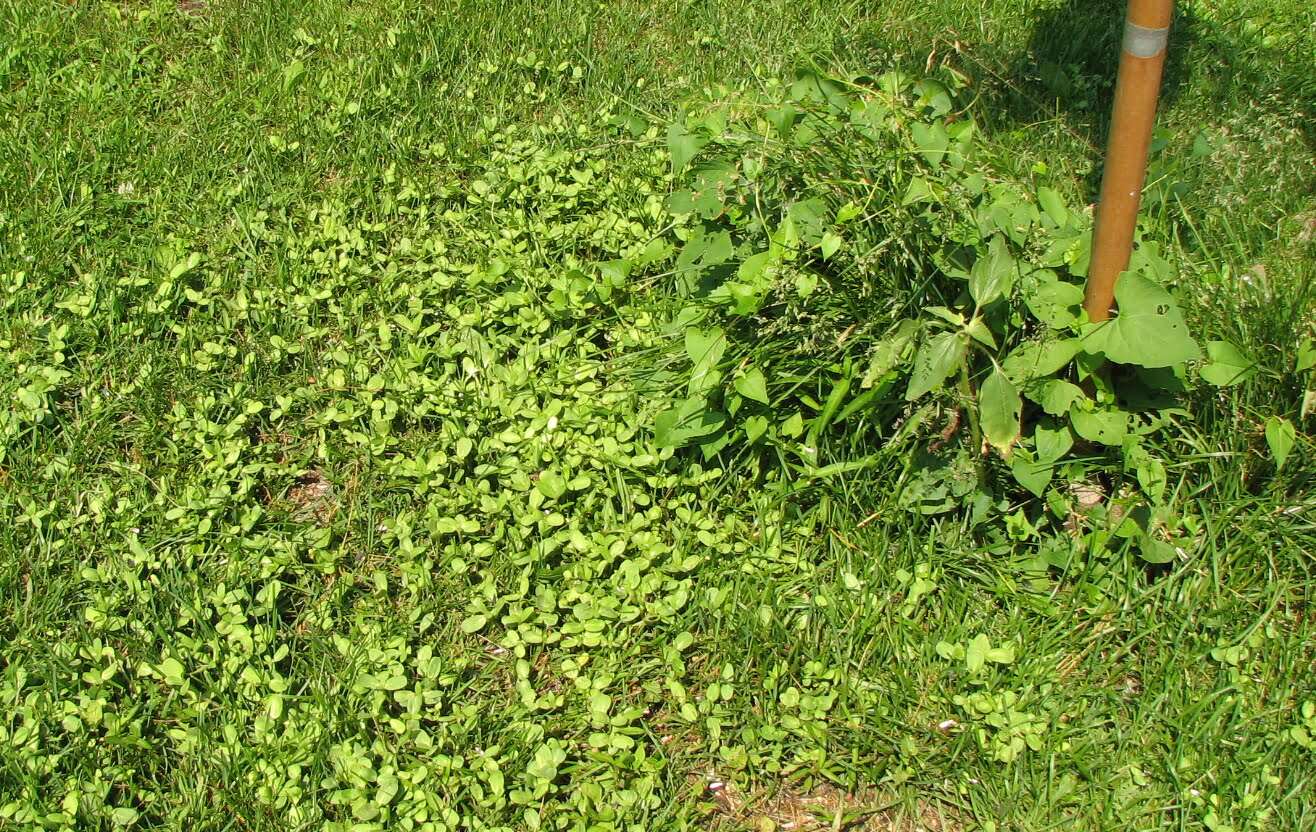

Garden Essentials
How To Stop Bird Seed From Growing Under Feeder
Modified: August 17, 2024
Learn effective methods to prevent bird seed from sprouting under your garden feeder. Take control of your garden with these helpful tips and tricks.
(Many of the links in this article redirect to a specific reviewed product. Your purchase of these products through affiliate links helps to generate commission for Storables.com, at no extra cost. Learn more)
Introduction
Welcome to our comprehensive guide on how to stop bird seed from growing under your feeder. Bird feeders are a wonderful way to attract a variety of beautiful birds to your garden and provide them with a source of nutritious food. However, one common issue that many bird feeding enthusiasts face is the problem of bird seed sprouting and creating an unwanted mess under the feeder.
Not only does the growth of bird seed under your feeder create a messy and unsightly appearance, but it can also attract unwanted pests such as squirrels and rodents. Plus, the sprouting seeds will compete with your garden plants for nutrients and water, potentially causing damage to your beautiful flower beds or vegetable gardens.
Fortunately, there are several effective strategies you can employ to prevent the growth of bird seed under your feeder and maintain a clean and tidy garden. In this guide, we will explore these methods to help you solve this common problem and enjoy a hassle-free bird feeding experience.
Key Takeaways:
- Choose a strategic location for your bird feeder to prevent seed sprouting and keep your garden tidy. Regular cleaning and maintenance are key to a hassle-free bird feeding experience.
- Consider using safflower seeds as an alternative to prevent messy seed growth under your feeder while still attracting beautiful birds to your garden.
Read more: How To Stop Squirrels From Eating Bird Seed
Understanding the Problem
Before we delve into the solutions, it’s important to understand why bird seed sprouts and creates a mess under your feeder. Bird seed is typically made up of various seeds such as sunflower seeds, millet, and cracked corn, among others. These seeds are rich in nutrients and can easily germinate and grow under the right conditions.
One of the main factors contributing to the growth of bird seed under your feeder is the presence of moisture. When it rains or when you water your garden, the bird seed absorbs the moisture from the ground, creating a conducive environment for germination.
The other factor is the accumulation of spilled or discarded seeds from the feeder. Birds can be messy eaters, and they often drop or scatter the seeds while feeding. These seeds, if left on the ground, can eventually sprout and create a dense patch of seedlings.
It’s important to note that not all bird seed varieties are prone to sprouting. Sunflower seeds, for example, have a thick protective shell that makes it less likely to sprout. On the other hand, smaller seeds like millet are more prone to germination, creating a green carpet of sprouts under the feeder.
Now that we have a better understanding of why bird seed sprouts and grows under the feeder, let’s explore some practical solutions to tackle this issue and keep your garden neat and tidy.
Choosing the Right Location for Your Bird Feeder
One of the first steps in preventing the growth of bird seed under your feeder is to choose the right location for your bird feeder. By strategically placing your feeder, you can minimize the impact of spilt seeds and reduce the chances of seed germination.
Here are some tips to help you select the ideal location for your bird feeder:
- Place your feeder on a sturdy and stable surface. A pole-mounted feeder or a bird feeder stand anchored securely into the ground can help prevent tipping and spillage.
- Avoid placing the feeder directly on the ground. This reduces the risk of seed coming into contact with moist soil and promoting germination. Consider using a raised platform or hanging the feeder from a branch or hook.
- Choose a location that is easily accessible for birds but away from dense vegetation or overhanging trees. This will help prevent squirrels or other pests from accessing the feeder and scattering seeds on the ground.
- Select a spot that is well-drained and receives ample sunlight. By providing good drainage and exposure to sunlight, you can help dry out any spilled seeds and discourage their germination.
- Consider placing the feeder on a patio, deck, or paved area. These surfaces are less likely to allow seeds to come into contact with the soil, reducing the chances of sprouting.
Remember to regularly clean your bird feeder and the surrounding area to remove any accumulated seed debris. Regular maintenance and hygiene can go a long way in preventing the growth of bird seed under your feeder.
By carefully choosing the location for your bird feeder, you can significantly reduce the chances of seed germination and keep your garden looking clean and tidy.
Using a Seed Catcher Tray
Another effective method to prevent bird seed from growing under your feeder is by using a seed catcher tray. A seed catcher tray is a practical accessory that sits beneath your bird feeder, designed to catch and contain any spilled seeds, preventing them from coming into contact with the ground.
Here’s how you can use a seed catcher tray to control the spread of bird seed:
- Select a seed catcher tray that is compatible with your bird feeder. There are various types and sizes available, so choose one that matches the size and design of your feeder.
- Attach the seed catcher tray to your feeder before filling it with bird seed. Follow the manufacturer’s instructions for proper installation.
- As birds feed from the feeder, any seeds that they drop or scatter will be caught by the seed catcher tray instead of falling onto the ground.
- Regularly empty and clean the seed catcher tray to prevent the accumulation of seeds and debris. This will help maintain the effectiveness of the tray and ensure that it remains functional.
In addition to preventing seed sprouting, using a seed catcher tray offers other benefits as well. It helps minimize waste by ensuring that spilled seeds are accessible to birds, reducing the overall amount of seed that goes to waste. It also makes cleaning and maintenance easier, as you can simply remove and clean the tray without disturbing the ground underneath.
When using a seed catcher tray, it’s important to monitor the seed levels in your feeder and refill it as needed. This will ensure that birds always have access to fresh and nutritious food.
By incorporating a seed catcher tray into your bird feeding setup, you can significantly reduce the chances of bird seed sprouting under the feeder, keeping your garden clean and tidy.
Installing a Concrete Slab or Patio Stone
If you’re looking for a more permanent solution to prevent bird seed from growing under your feeder, installing a concrete slab or patio stone is a great option. These hard surfaces create a barrier between the spilled seeds and the soil, making it difficult for the seeds to germinate and grow.
Here’s a step-by-step guide on how to install a concrete slab or patio stone:
- Choose a suitable location for your feeder where you’d like to install the concrete slab or patio stone.
- Determine the size and shape of the slab or stone based on the dimensions of your feeder and the amount of space you want to cover.
- Clear the area of any vegetation, rocks, or debris. Level the ground to ensure a stable base for the concrete slab or patio stone.
- Prepare a stable foundation for the slab or stone by digging a shallow trench and adding a layer of gravel or sand. This will help with drainage and stability.
- Place the concrete slab or patio stone on top of the prepared foundation. Ensure that it is level and secure by using a spirit level and adjusting as necessary.
- If desired, you can secure the slab or stone in place by using a construction adhesive or anchoring it with stakes or screws.
- Once the concrete slab or patio stone is in place, position your bird feeder on top of it. Make sure it is stable and securely positioned.
By installing a concrete slab or patio stone, you create a durable and stable surface that prevents seed contact with the soil. This effectively inhibits the germination and growth of bird seed, keeping your feeder area clean and free from sprouting seeds.
Remember to clean the concrete slab or patio stone regularly to remove any accumulated bird droppings or debris. This helps maintain the cleanliness and hygiene of the feeding area.
Installing a concrete slab or patio stone not only serves as a practical solution to prevent seed growth but also adds an attractive and functional element to your garden. Enjoy a tidy and organized feeding area for your beloved birds!
To prevent bird seed from growing under a feeder, place a layer of mulch or gravel underneath to discourage germination. Regularly clean up any spilled seeds to prevent them from sprouting.
Applying Weed Barrier Fabric
An effective method to prevent the growth of bird seed under your feeder is to utilize weed barrier fabric. This fabric acts as a protective layer between the spilled seeds and the soil, inhibiting weed growth and seed germination.
Here’s a step-by-step guide on how to apply weed barrier fabric:
- Clean the feeding area by removing any existing weeds, grass, or debris. This will ensure that the fabric has direct contact with the soil.
- Measure and cut the weed barrier fabric according to the size and shape of your feeding area. Ensure that it is slightly larger than the area you want to cover to allow for overlap.
- Lay the fabric over the cleared area, ensuring that it is flat and free from wrinkles. Smooth out any creases or lumps to provide an even surface.
- Secure the fabric in place by using garden staples or landscape pins. Place the staples at regular intervals around the edges and throughout the fabric to prevent it from shifting or lifting.
- If necessary, trim any excess fabric that extends beyond the feeder area. This will give it a neat and tidy appearance.
- Place your bird feeder on top of the weed barrier fabric. Ensure that it is stable and secure, and that the fabric is not obstructing the feeding holes or ports.
Applying weed barrier fabric serves multiple purposes. Not only does it suppress the growth of weeds and prevent seed germination, but it also helps maintain a clean and organized feeding area. Additionally, the fabric allows for proper water drainage, helping to prevent puddling or waterlogging under the feeder.
Periodically check and clean the weed barrier fabric to remove any accumulated debris and ensure its effectiveness. If necessary, you can also reposition or replace the fabric over time to maintain its functionality.
By utilizing weed barrier fabric, you can create a barrier that prevents the growth of bird seed under your feeder, keeping your garden looking neat and minimizing the maintenance required to manage unwanted plants.
Regularly Raking or Sweeping the Area
Another simple yet effective method to prevent the growth of bird seed under your feeder is by regularly raking or sweeping the area. This helps to remove any spilled seeds and prevent them from coming into contact with the soil, reducing the chances of germination and growth.
Here are some steps you can follow to incorporate regular raking or sweeping into your bird feeding routine:
- Invest in a sturdy rake, broom, or brush specifically designated for cleaning the area around your feeder.
- Make it a habit to inspect the feeding area regularly, ideally on a daily basis or as needed, to check for spilled seeds.
- Using the rake, broom, or brush, gently gather and remove any spilled bird seed from the ground. Be cautious not to disturb the soil or any existing plants.
- Dispose of the collected seeds in a designated compost bin or discard them in a suitable waste container.
- After cleaning, ensure that the feeding area is clear of debris and that no seeds are left behind. This will help maintain a clean and inviting space for the birds.
In addition to preventing seed sprouting, regular raking or sweeping offers other benefits as well. It helps to maintain general cleanliness, prevents mold or fungus growth, and reduces the likelihood of attracting unwanted pests.
It’s important to note that while regular sweeping can help control seed growth, it may not eliminate the issue entirely. Some small seeds may still escape detection or get buried in the soil. Therefore, combining regular raking or sweeping with other prevention methods, such as using a seed catcher tray or applying weed barrier fabric, can provide more comprehensive protection against sprouting seeds.
By incorporating regular raking or sweeping into your bird feeding routine, you can maintain a clean feeding area, minimize seed growth, and create a welcoming space for both the birds and yourself.
Using Safflower Seeds as an Alternative
If you’re looking for a natural solution to prevent bird seed from sprouting under your feeder, consider using safflower seeds as an alternative. Safflower seeds are small, white, and have a hard shell that makes them less likely to germinate compared to other bird seed varieties.
Here are some reasons why safflower seeds can be a beneficial alternative:
- Discourages sprouting: Safflower seeds have a thick and bitter-tasting shell that many common birds find less desirable. As a result, they are less likely to scatter safflower seeds and create a mess under the feeder.
- Attracts certain bird species: Although safflower seeds may be less popular among some birds, they are still enjoyed by many desirable bird species, including finches, cardinals, and chickadees. By using safflower seeds, you can still attract a variety of beautiful birds to your garden.
- Nutritional value: Safflower seeds are high in fat and protein, providing birds with essential nutrients they need for energy and overall health.
To use safflower seeds as an alternative, follow these steps:
- Replace your current bird seed mix with safflower seeds. You can find safflower seeds at your local garden center or online.
- Gradually transition to safflower seeds by mixing them with your existing bird seed mix. Start with a small amount of safflower seeds and gradually increase the ratio over a few weeks.
- Monitor the feeding behavior of the birds in your garden. You may notice a decrease in the amount of scattered seeds under the feeder, as safflower seeds are less likely to be discarded.
Keep in mind that while safflower seeds can help reduce the sprouting of seeds under your feeder, some birds may still prefer other types of seeds. Experimentation and observation will help you determine the preferences of the bird species in your area.
By using safflower seeds as an alternative, you can minimize the mess and potential seed growth under your feeder while still providing nutritional food for the birds that visit your garden.
Conclusion
Keeping bird seed from growing under your feeder is an important aspect of maintaining a clean and organized garden. The sprouting seeds not only create a messy appearance but also attract unwanted pests and compete with your garden plants for nutrients.
Fortunately, there are several effective strategies you can implement to prevent the growth of bird seed under your feeder. By choosing the right location for your feeder, using a seed catcher tray, installing a concrete slab or patio stone, applying weed barrier fabric, regularly raking or sweeping the area, or opting for safflower seeds as an alternative, you can keep your feeding area clean and minimize unwanted sprouting seeds.
Each method offers its own benefits and can be tailored to suit your specific needs and preferences. Consider combining multiple approaches to create a comprehensive and effective solution for preventing seed growth under your feeder.
Remember to regularly maintain and clean your feeder, removing any accumulated debris or spilled seeds. This will not only prevent the growth of unwanted plants but also ensure that the birds have access to fresh and hygienic food.
Enjoy the beauty and joy that bird feeding brings to your garden while keeping it neat and thriving. By implementing these strategies, you can create an inviting space for both birds and humans to appreciate nature’s wonders.
Frequently Asked Questions about How To Stop Bird Seed From Growing Under Feeder
Was this page helpful?
At Storables.com, we guarantee accurate and reliable information. Our content, validated by Expert Board Contributors, is crafted following stringent Editorial Policies. We're committed to providing you with well-researched, expert-backed insights for all your informational needs.
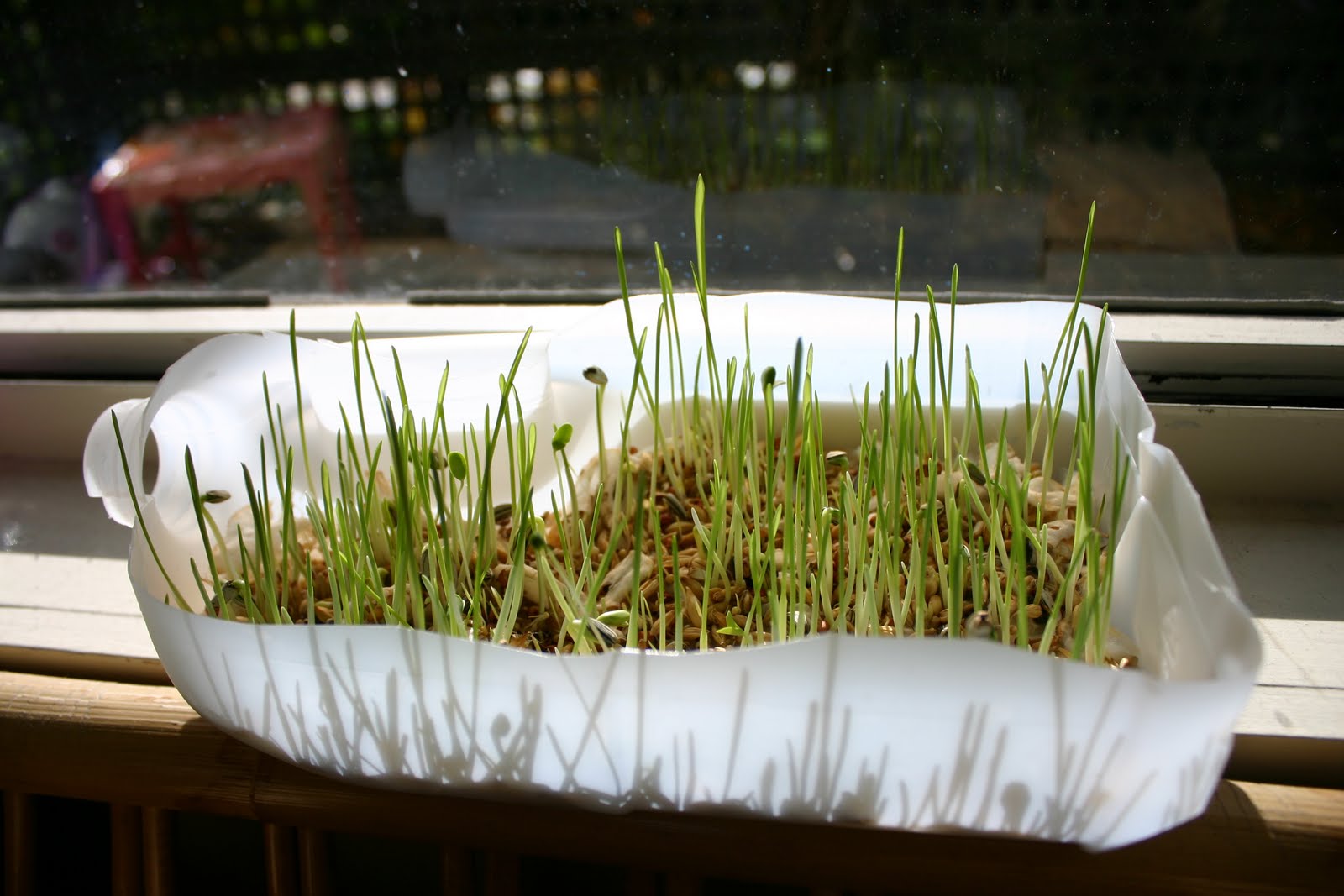
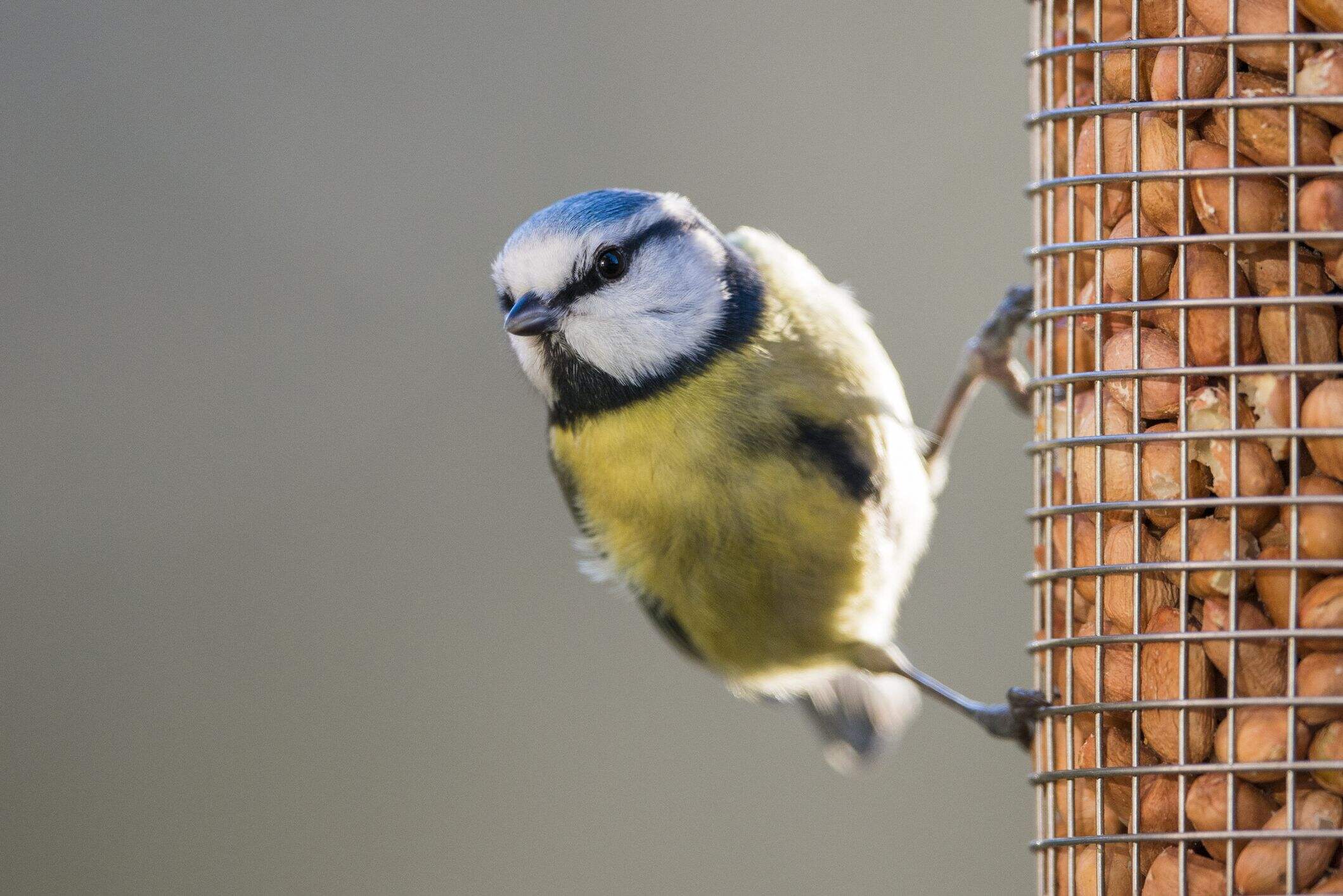
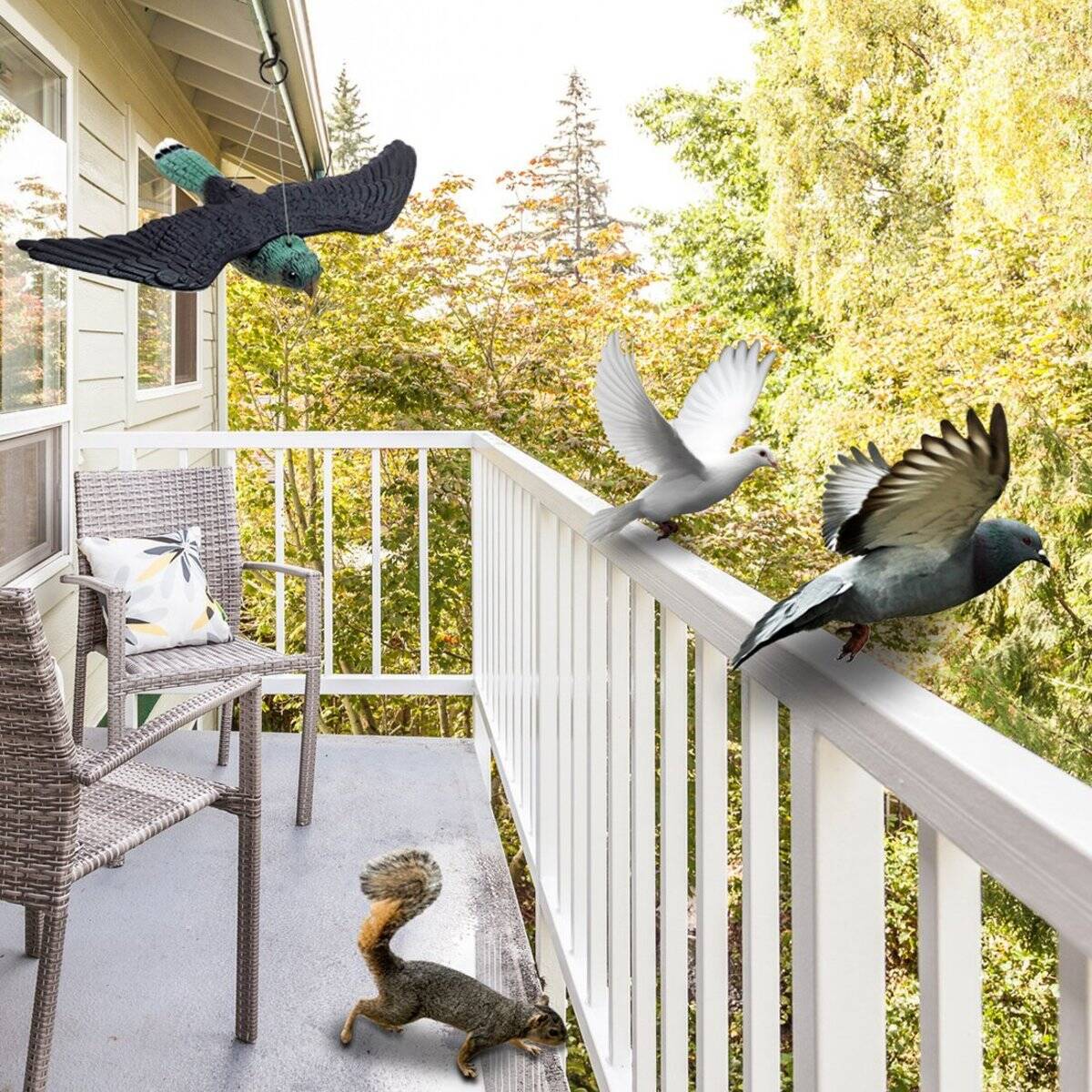
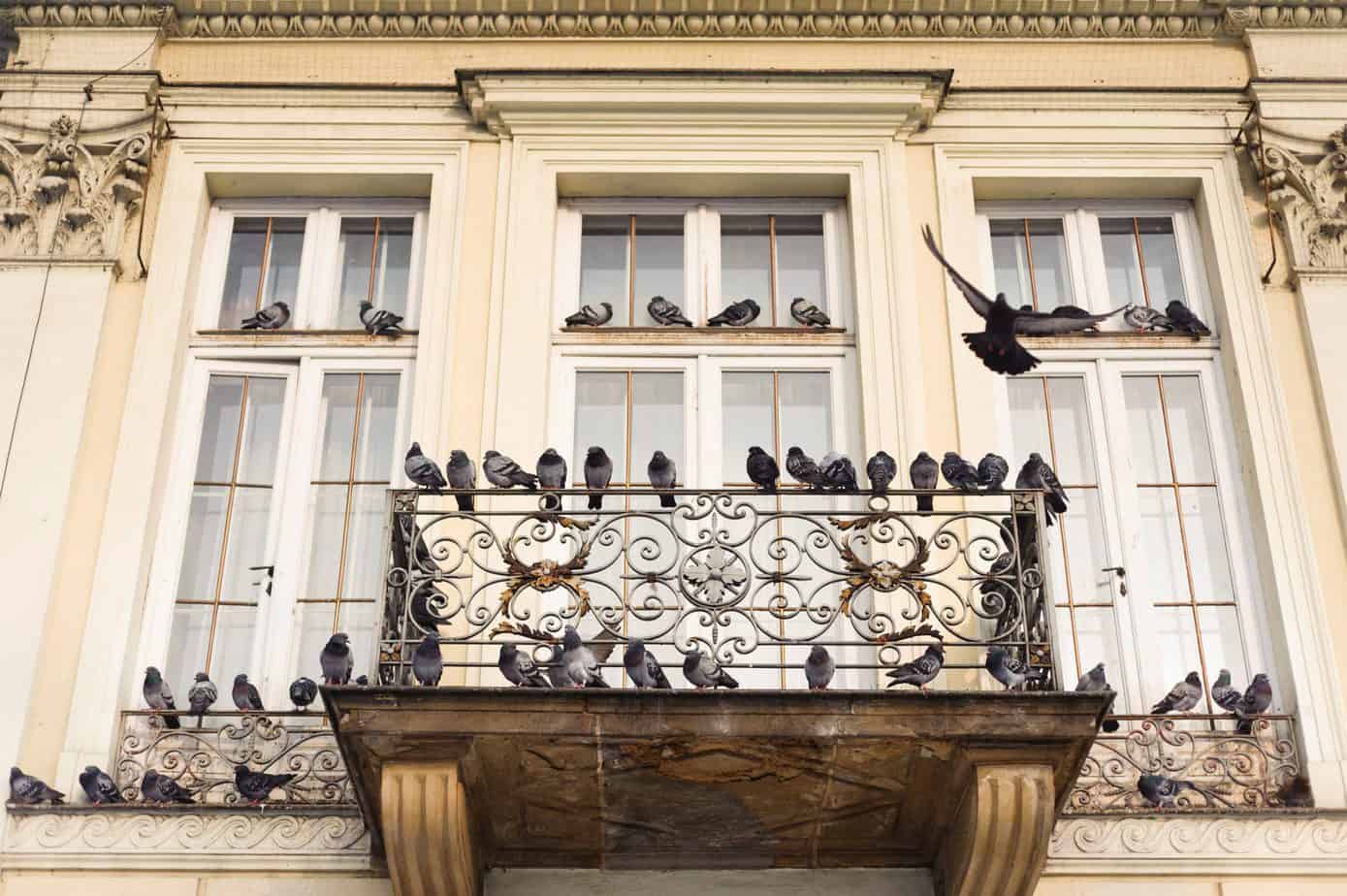
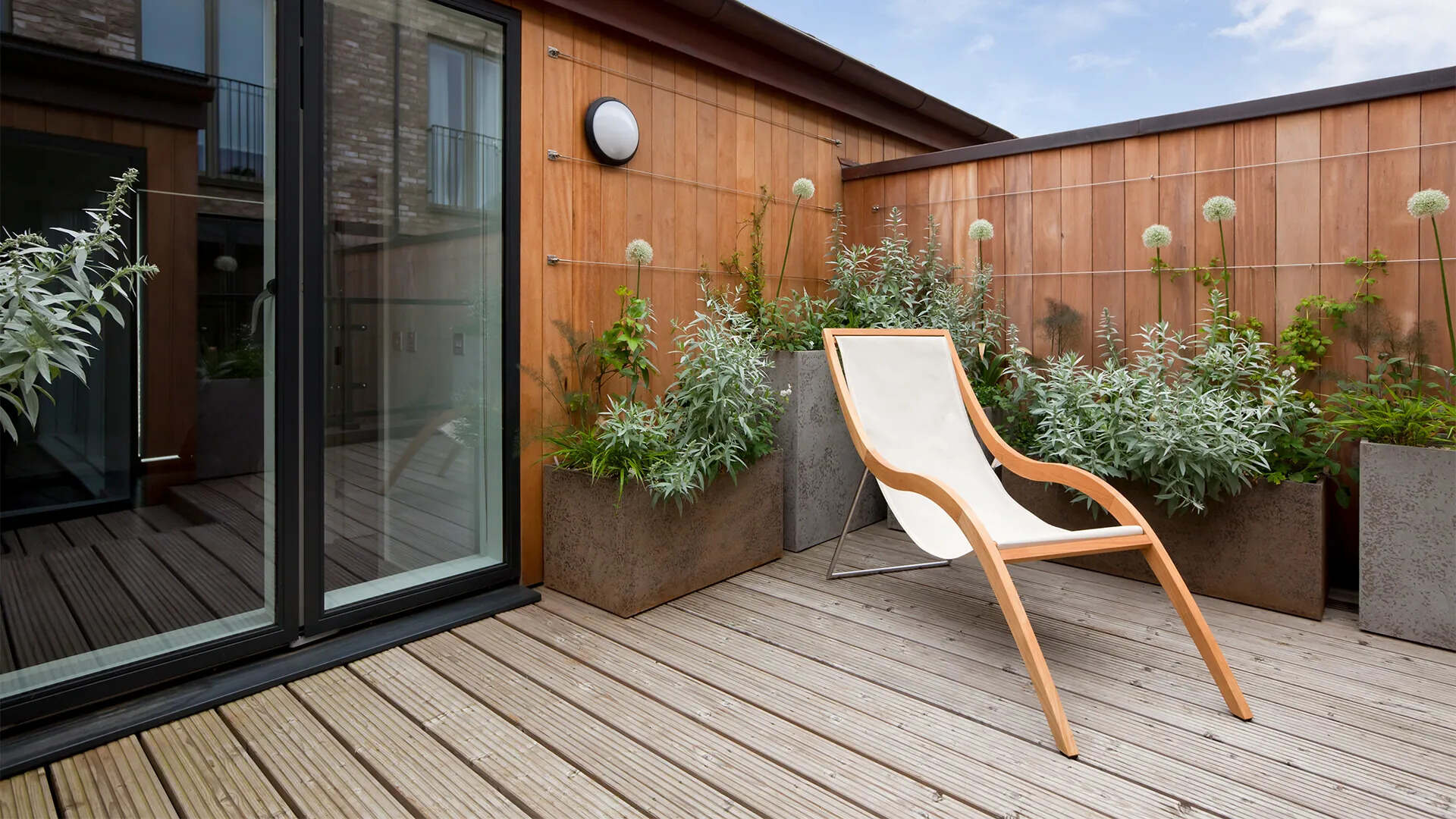
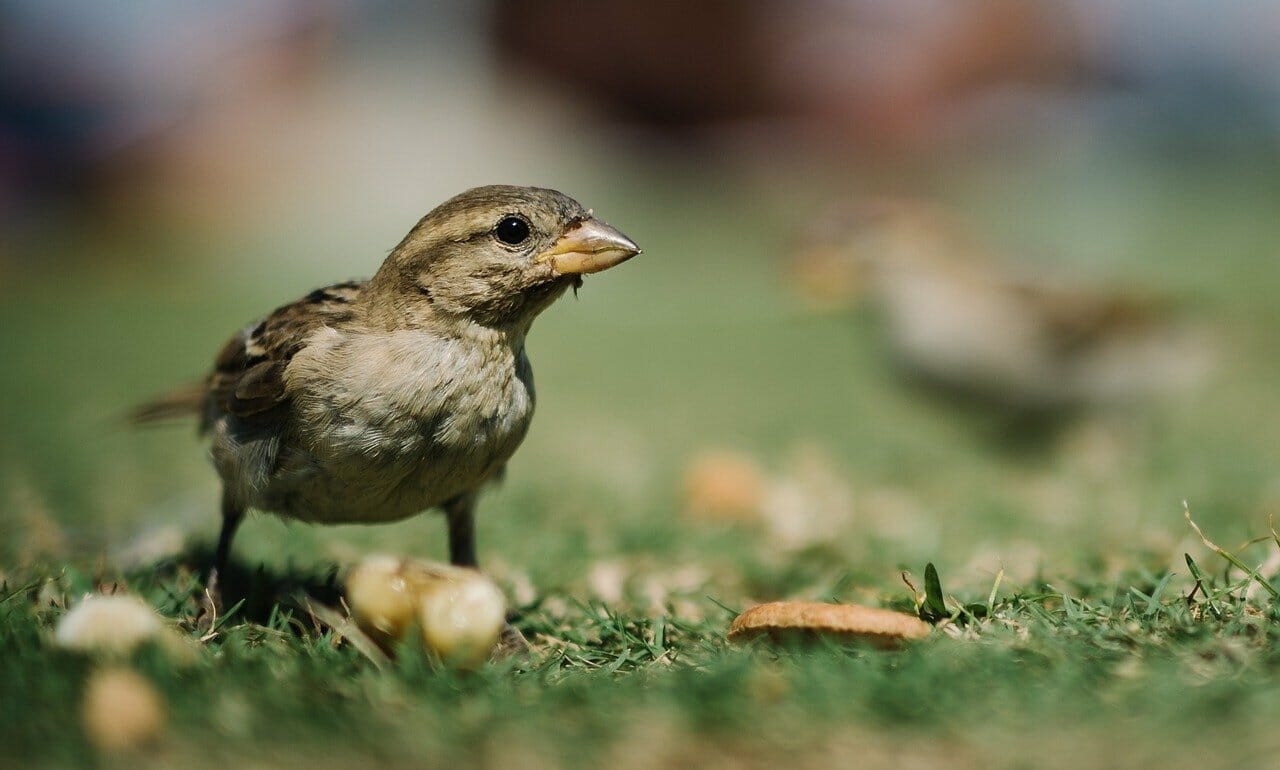
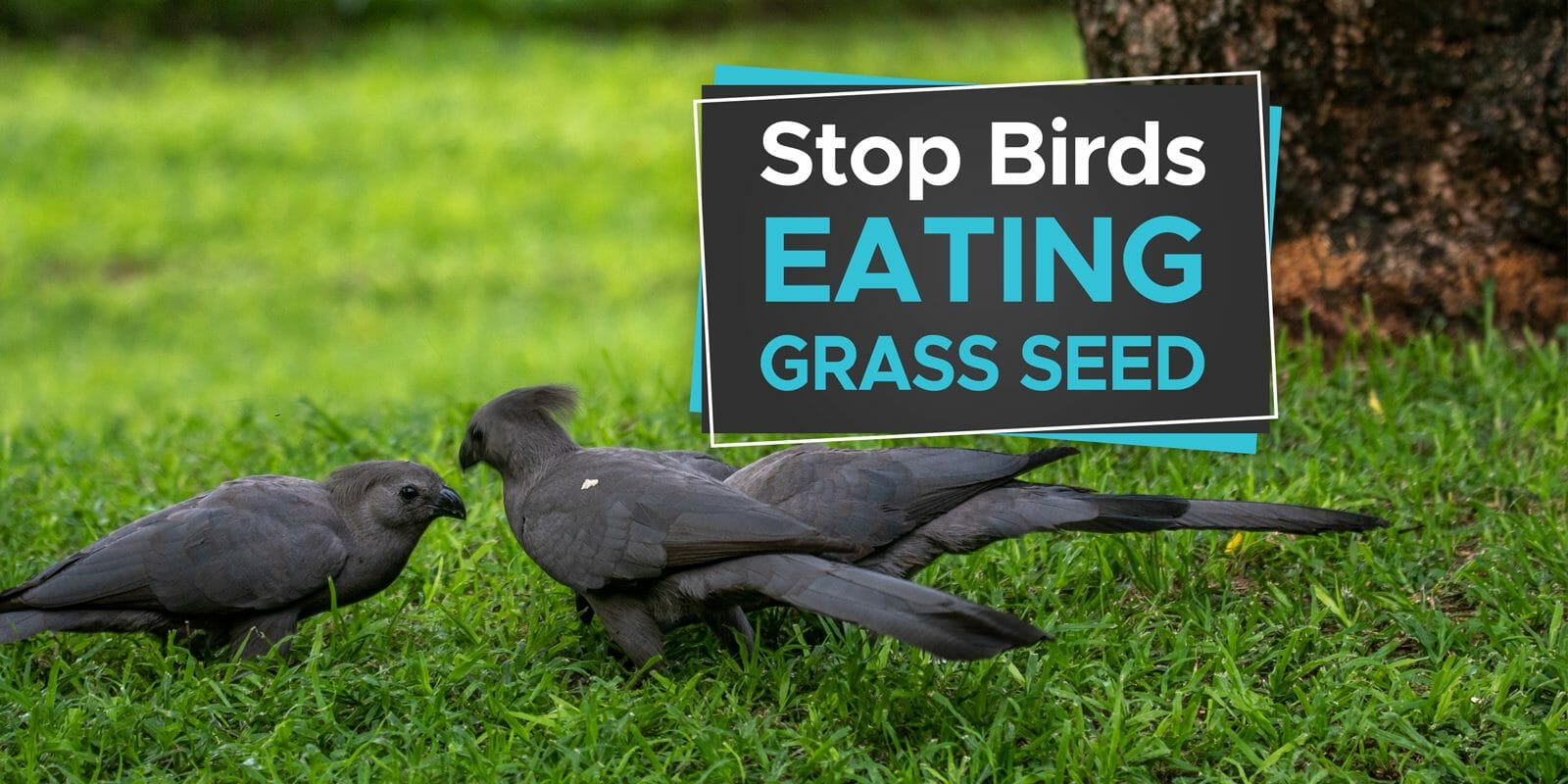
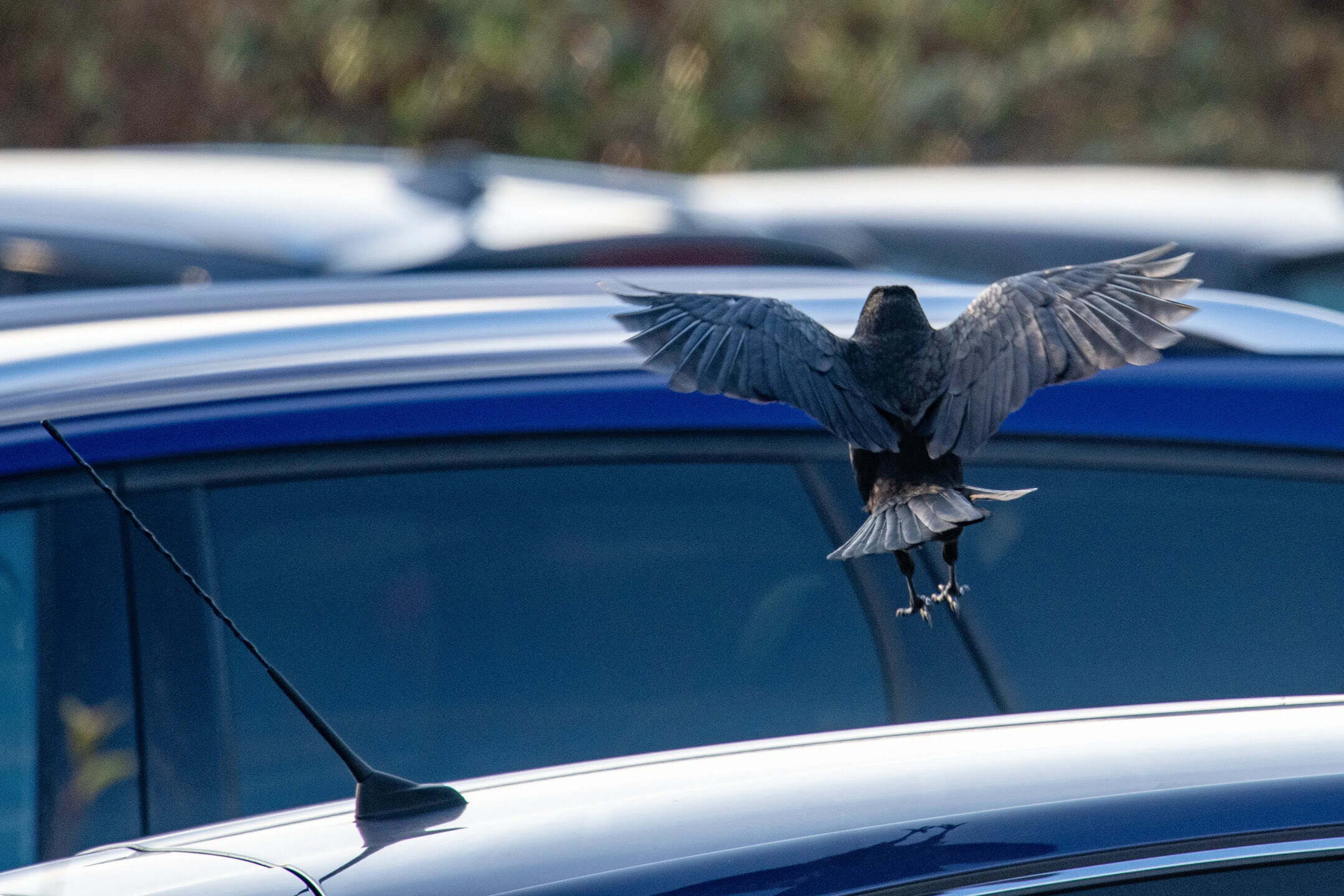
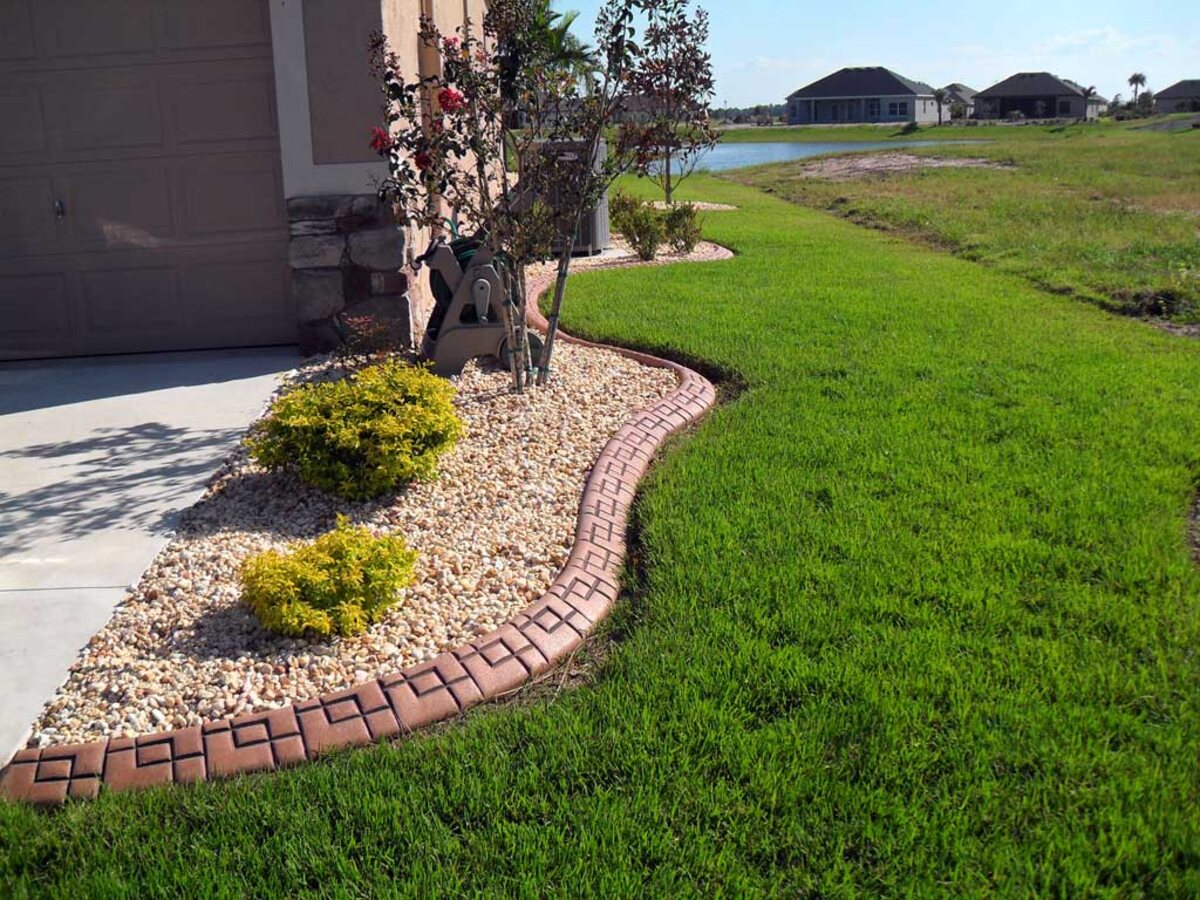
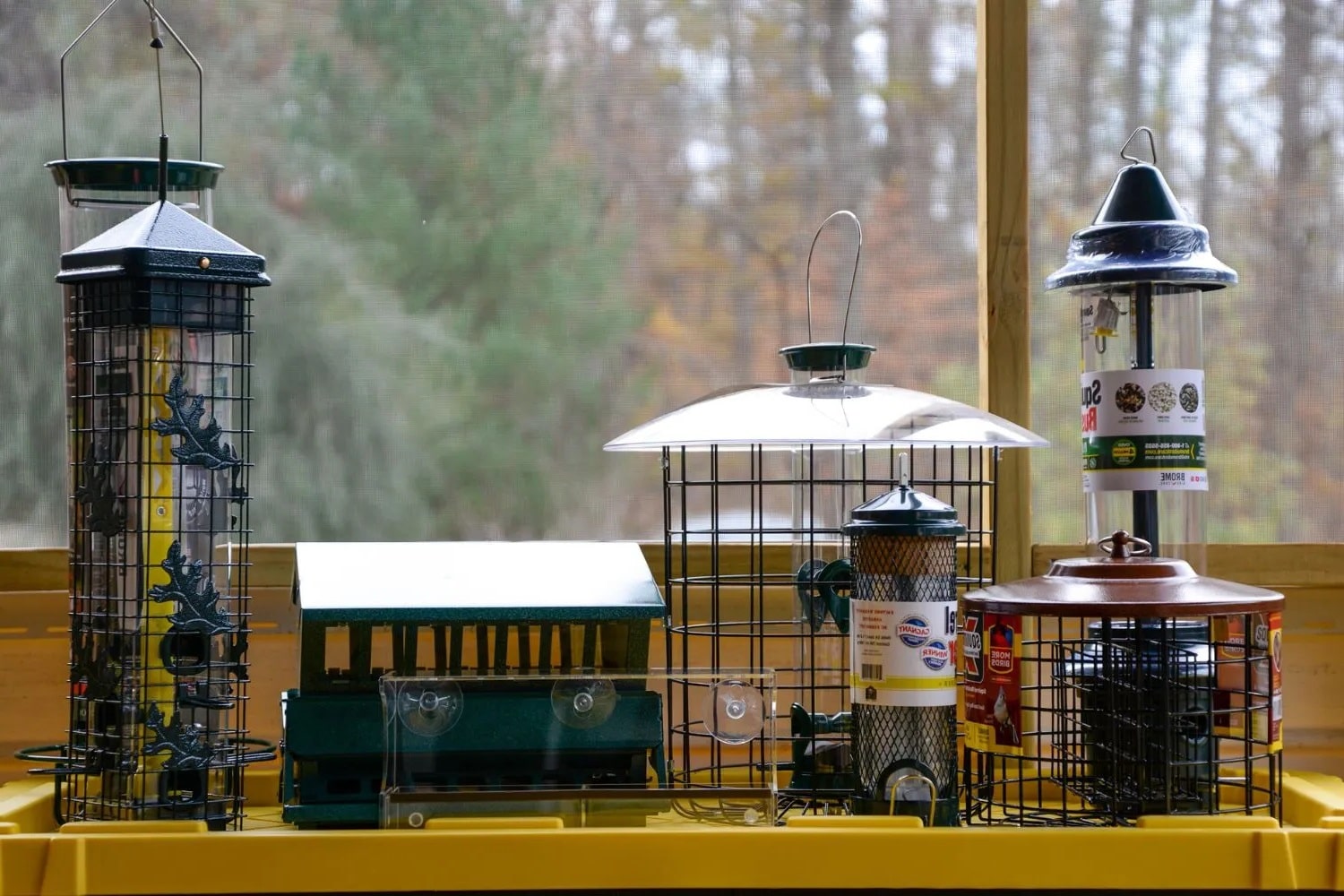





0 thoughts on “How To Stop Bird Seed From Growing Under Feeder”